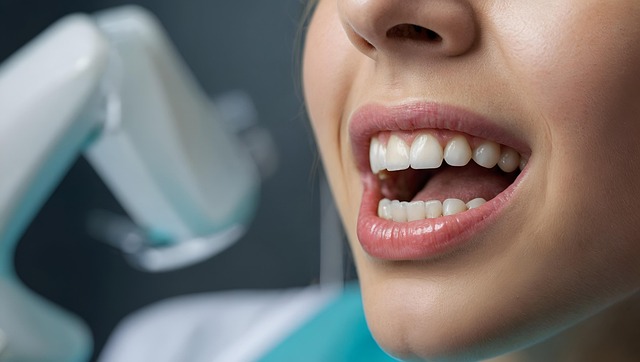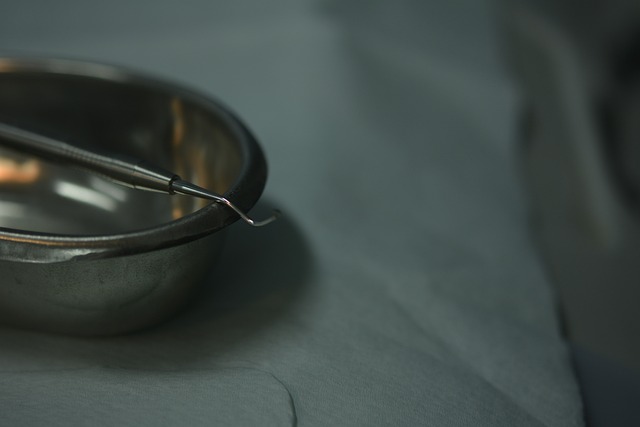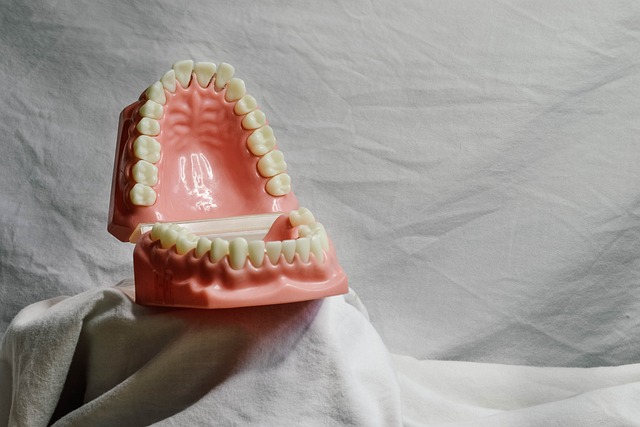Cavities cause discomfort and health issues if untreated. Cavity fills with composite resin and dental crowns offer solutions in severe cases, crucial for maintaining optimal oral health. Teeth straightening with clear aligners in Oxford has gained popularity as a discreet alternative to traditional braces. Composite resin is popular for fillings due to its natural appearance and compatibility with clear aligners. Porcelain and ceramic crowns offer exceptional durability. After cavity repair, teeth straightening with clear aligners Oxford may be recommended. Proper aftercare, including good oral hygiene and regular dental check-ups, ensures long-lasting results.
“Discover how modern dental care transforms your smile with cavity fillings and crowns. This comprehensive guide explores the process of repairing damaged teeth, from understanding cavity fills to the role of clear aligners in teeth straightening. Learn about various filling materials and their benefits, as well as the step-by-step procedure for restoring your oral health. Additionally, we’ll discuss aftercare tips to ensure long-lasting results. For those seeking teeth straightening in Oxford, clear aligners offer a discreet and effective solution.”
- Understanding Cavity Fills: A Comprehensive Overview
- The Role of Clear Aligners in Teeth Straightening
- Materials Used for Fillings and Crowns: What You Need to Know
- Procedure Steps: From Diagnosis to Restoration
- Aftercare and Maintenance: Ensuring Long-Lasting Results
Understanding Cavity Fills: A Comprehensive Overview

Cavities, or tooth decay, are common dental issues that can lead to significant discomfort and potential health problems if left untreated. Understanding cavity fills is a crucial step in maintaining optimal oral health. These fillings and crowns serve as effective solutions to restore teeth affected by decay, preventing further damage and promoting long-term stability.
When a cavity forms, it weakens the tooth structure, making it susceptible to pain, infection, and even tooth loss. Dental professionals use various materials for fillings, including composite resins, which are known for their aesthetic appeal as they match the natural tooth color. In more severe cases, crowns, or caps, may be necessary, offering a durable long-term solution. For those considering teeth straightening with clear aligners Oxford, understanding cavity fills is essential, as it ensures the health and longevity of the teeth once alignment is achieved.
The Role of Clear Aligners in Teeth Straightening

In recent years, teeth straightening with clear aligners has gained significant popularity, offering a discreet and effective alternative to traditional braces. Clear aligner treatments, such as those available in Oxford, utilize custom-made, transparent trays that gently guide teeth into their desired positions over time. Unlike metal brackets and wires, these clear aligners are nearly invisible, making them an attractive choice for individuals seeking subtle yet powerful dental correction.
Oxford, with its growing reputation for dental innovation, has become a hub for advanced teeth straightening techniques, including the use of clear aligners. This modern approach to orthodontics allows patients to achieve straighter, more confident smiles without compromising aesthetics or comfort. With regular check-ins and adjustments by qualified dentists, clear aligner treatments provide a convenient and effective path to achieving a perfect bite and an enhanced oral health.
Materials Used for Fillings and Crowns: What You Need to Know

When it comes to restoring damaged or decayed teeth, the materials used for fillings and crowns play a crucial role in both functionality and aesthetics. Modern dental practices offer a range of options, ensuring patients receive tailored solutions that meet their unique needs. For fillings, composite resin is a popular choice due to its natural appearance, strength, and ability to bond directly with tooth structure. This material is especially advantageous for those considering teeth straightening with clear aligners, as it blends seamlessly with the surrounding teeth.
For crowns, dental professionals often select porcelain or ceramic due to their exceptional durability and lifelike properties. These materials can mimic the look and feel of natural teeth, making them ideal for front and back teeth alike. Additionally, advancements in technology have led to the development of metal-free crowns, catering to patients with specific concerns about aesthetics and biocompatibility.
Procedure Steps: From Diagnosis to Restoration

After a thorough diagnosis, the procedure for filling cavities or preparing crowns begins. Initially, the dentist will assess the damage and determine the best course of action. This may involve taking X-rays to gauge the extent of decay and check nearby structures. If a cavity is detected, the next steps focus on removing the affected area, ensuring proper cleaning, and shaping the tooth for an ideal filling or crown placement.
The dentist will then select the appropriate material—whether composite resin for fillings or custom-made crowns—based on factors like tooth location, size of repair, and patient preferences. Teeth straightening with clear aligners Oxford might also be discussed as a complementary treatment to restore both function and aesthetics following the cavity repair process.
Aftercare and Maintenance: Ensuring Long-Lasting Results

After any dental procedure, including teeth filling or crowning, proper aftercare and maintenance are essential to ensure long-lasting results. For those who have undergone teeth straightening with clear aligners in Oxford, it’s crucial to follow specific guidelines to protect their investment. This includes maintaining good oral hygiene by brushing gently but thoroughly twice a day and using floss or interdental brushes as recommended by your dentist.
Avoiding certain foods and drinks known for causing damage to teeth, such as sticky candies, sugary beverages, and acidic snacks, can also prevent early wear and tear on fillings or crowns. Regular check-ups with the dentist are vital to monitor the health of your teeth and ensure any issues are addressed promptly. Additionally, staying away from harsh toothpaste and mouthwash ingredients that may cause sensitivity around the restored areas is beneficial for maintaining optimal oral health post-treatment.
In conclusion, cavity fills and crowns are effective solutions for restoring damaged teeth, while teeth straightening with clear aligners in Oxford offers a modern, comfortable alternative to traditional braces. By understanding the materials, procedures, and aftercare involved, patients can make informed decisions about their oral health. Both treatments have their unique benefits, contributing to enhanced smiles and improved overall well-being.
